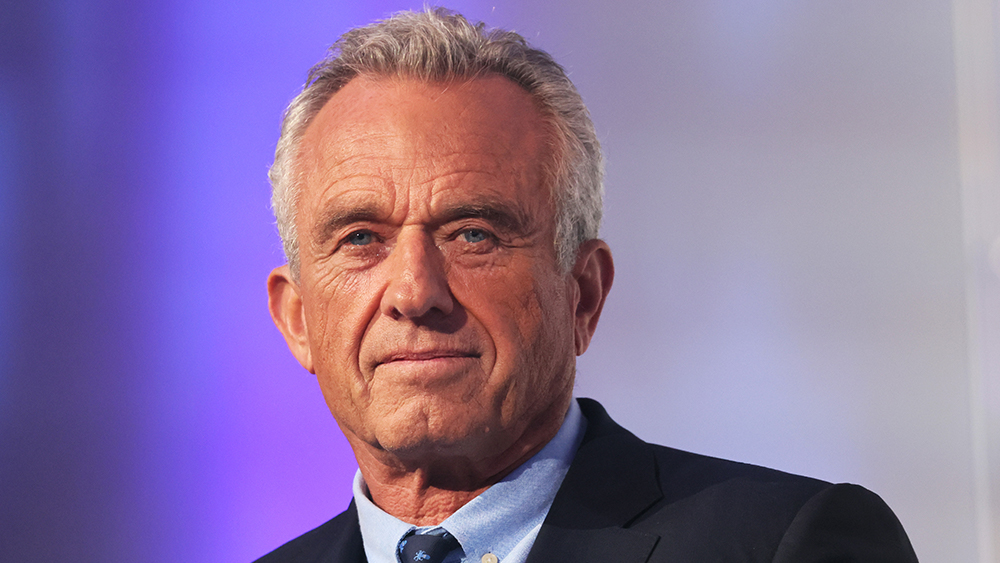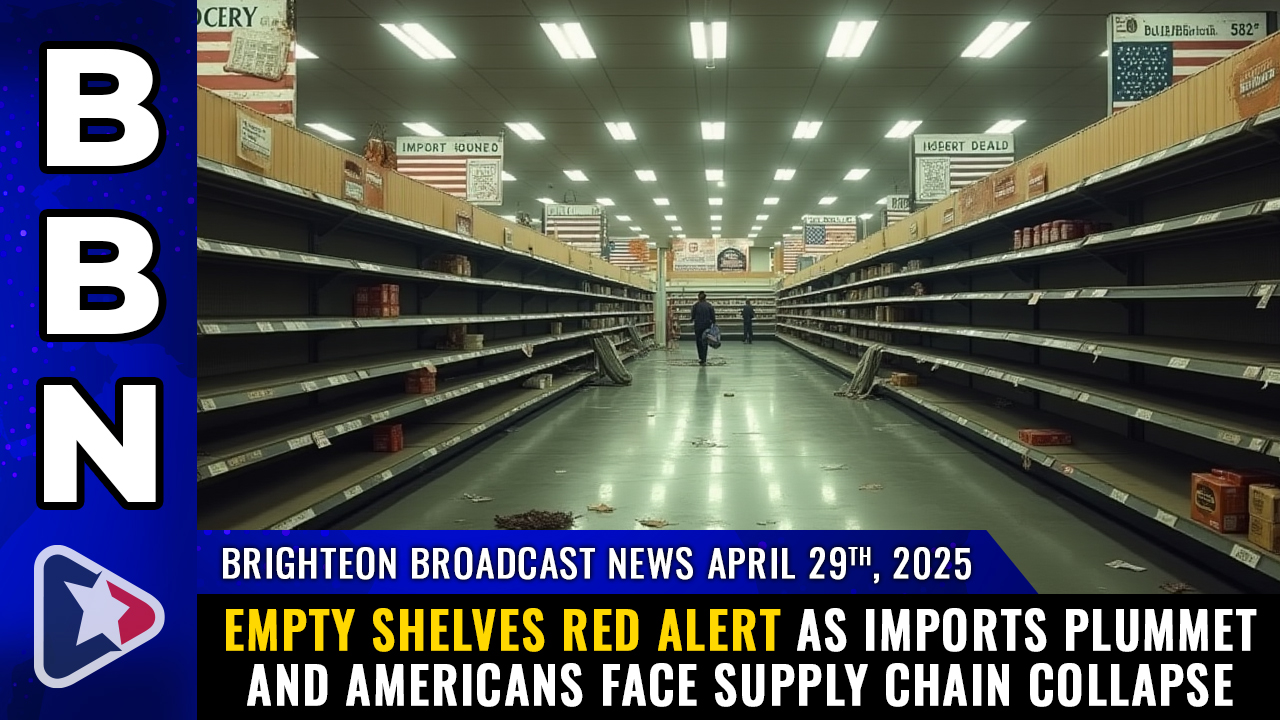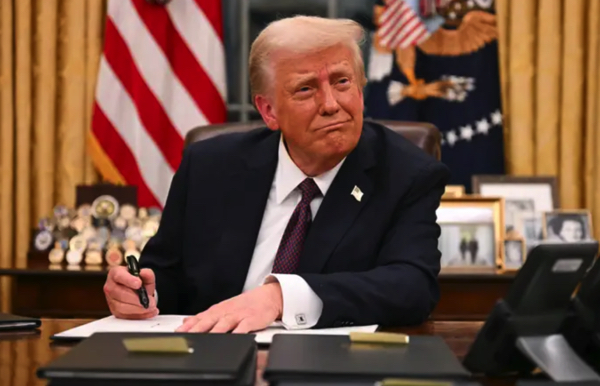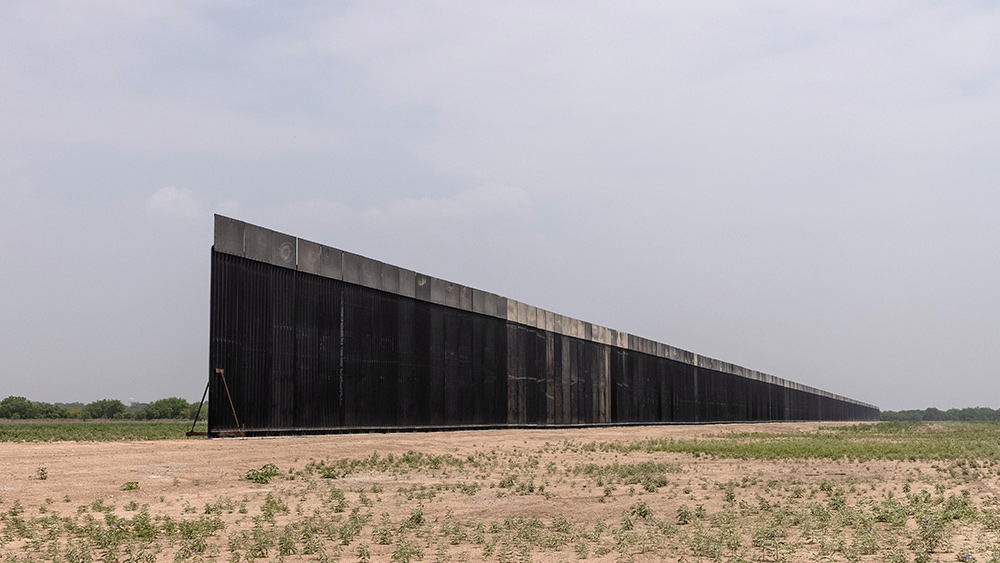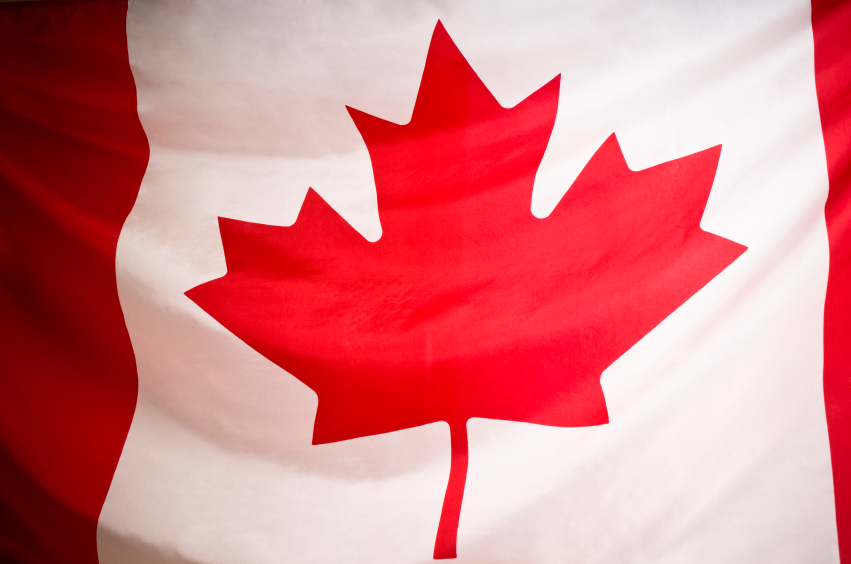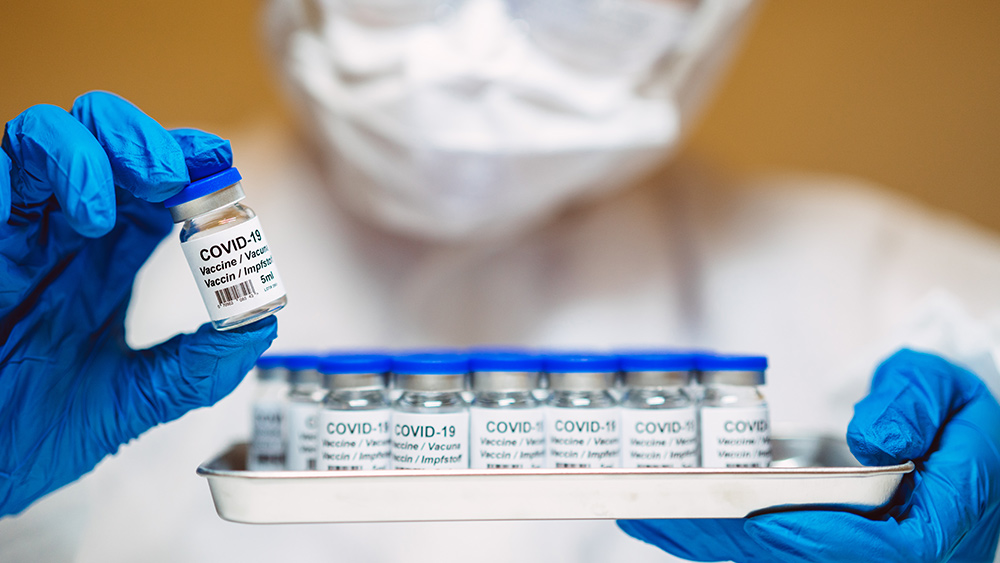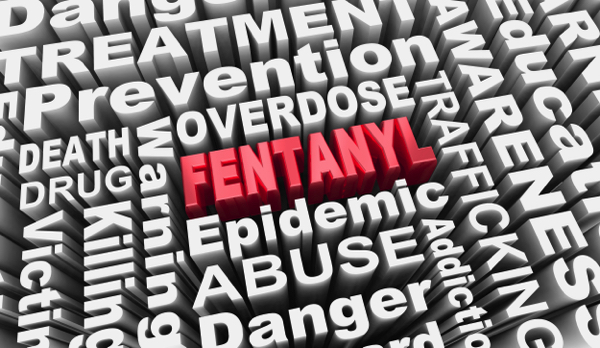 Parler
Parler Gab
Gab
- President Trump revives a plan to lower U.S. prescription drug prices by tying them to cheaper rates paid in other nations.
- Americans pay nearly triple for drugs compared to patients abroad.
- Panicked pharma leaders call the policy an existential threat, warning it could stifle innovation and disrupt the healthcare market.
- The plan mirrors a 2020 "most favored nation" proposal blocked in court but faces logistical hurdles and industry pushback.
Pharma pushes back amid pricing fears
Industry sources told Reuters that government health officials confirmed the policy is under consideration, with one calling it the “biggest existential threat to the industry and U.S. biosciences innovation.” The Pharmaceutical Research and Manufacturers of America (PhRMA) has lobbied against the idea, arguing it would stifle drug development. “I don’t think the administration fully understands the impact that policy could have on innovation in the U.S.,” said one unnamed executive. “It will be disruptive for the entire healthcare market, not just pharmaceuticals.”A revived Trump-era proposal
The plan mirrors a 2020 effort to implement "most favored nation" pricing for Medicare, which was blocked in court. That proposal sought to peg U.S. prices to those in countries like Canada and the U.K., where governments negotiate directly with drugmakers. Analysts note that even with Biden’s Inflation Reduction Act (IRA), which allowed Medicare to negotiate prices for the first time, U.S. costs remain far higher. For example, of the first 10 drugs targeted under Biden’s program, negotiated prices were still more than double (and sometimes five times higher) than those in other wealthy nations. The policy would likely be rolled out through the Centers for Medicare & Medicaid Services (CMS), which oversees healthcare programs for 160 million Americans. However, experts warn of logistical hurdles. For example, they claim implementing international reference pricing would require significant manpower, but CMS is facing staffing cuts.Global comparisons highlight U.S. disparities
Data underscores the severe pricing divide: The U.S. has the highest drug costs globally, despite slower availability in some countries. A 2022 JAMA study found 92% of new medicines were available in the U.S., versus 80% in Germany. But without transparency in foreign pricing because some nations don’t disclose negotiated discounts, U.S. officials may rely on estimates, potentially skewing comparisons. Critics warn drugmakers could retaliate by raising prices abroad to offset U.S. cuts. For example, they could try to renegotiate contracts with reference countries to bring in higher revenue abroad. Such moves could neutralize the policy’s impact, leaving American patients vulnerable to continued high costs. The proposal arrives amid broader Trump administration efforts to slash federal spending, including downsizing agencies like the FDA and CMS. While supporters argue these cuts reduce waste, opponents say they undermine healthcare oversight. Juliette Cubanski of KFF noted that while Trump’s focus on drug prices is “reasonable,” tangible results depend on “concrete legislative or regulatory action”, which is something his executive orders alone can’t guarantee.A test of political will
As the Trump administration weighs linking U.S. drug prices to international benchmarks, the pharmaceutical industry braces for a fight. While the policy could deliver long-sought relief to patients, its success hinges on navigating legal obstacles, staffing shortages, and industry resistance. For now, the gap between U.S. and global drug costs remains a glaring issue. Sources for this article include: Reuters.com Newsweek.com MSN.comGrassroots health revolution gains momentum as MAHA movement expands beyond RFK Jr.
By Willow Tohi // Share
China halts exports to U.S.: Empty shelves expected within weeks, warns Health Ranger Mike Adams
By Finn Heartley // Share
House GOP unveils $69 billion border security plan ahead of global events
By Willow Tohi // Share
Battleground North America: Canada votes on sovereignty amid U.S. tariff threats
By Willow Tohi // Share
Governments continue to obscure COVID-19 vaccine data amid rising concerns over excess deaths
By patricklewis // Share
Tech giant Microsoft backs EXTINCTION with its support of carbon capture programs
By ramontomeydw // Share
Germany to resume arms exports to Israel despite repeated ceasefire violations
By isabelle // Share
